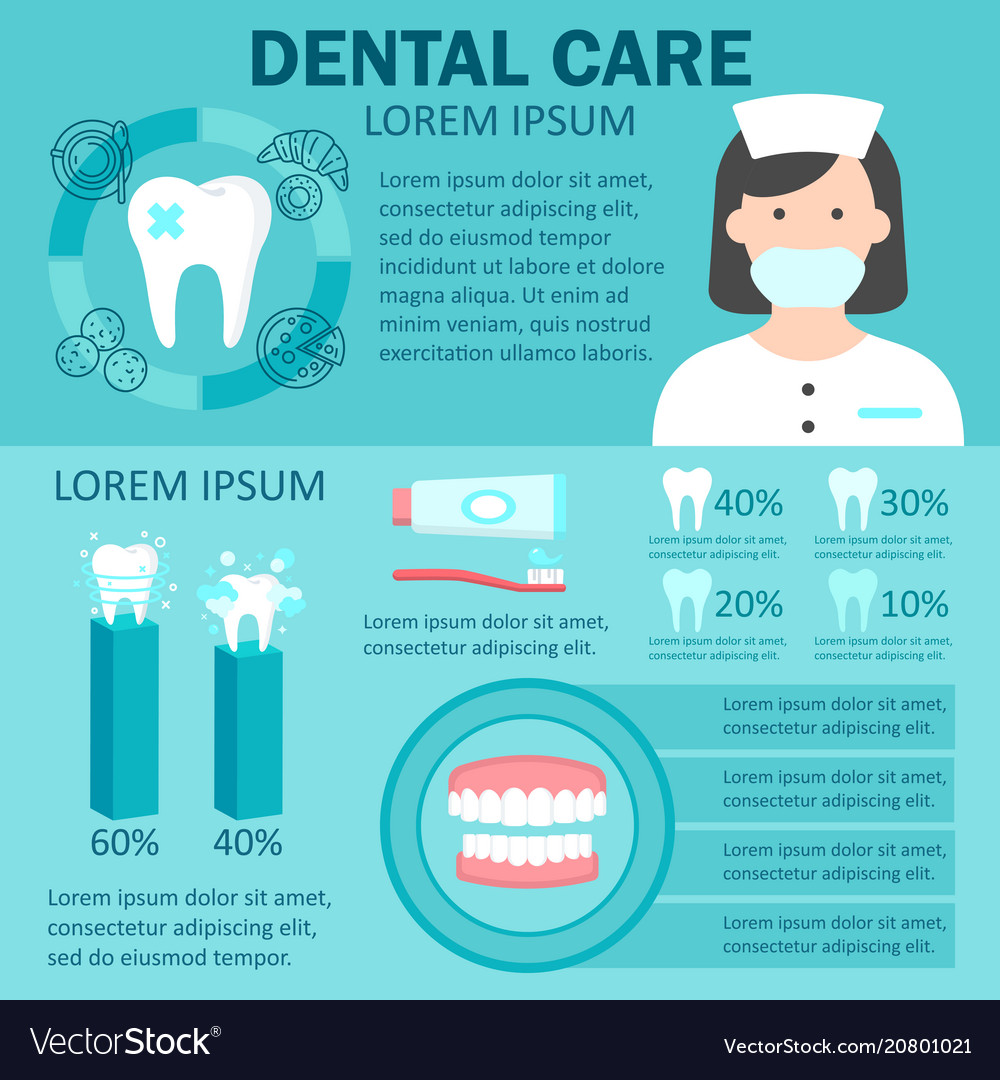Check Out The Introducing Advancements That Are Altering The Landscape Of Dental Surgery. Explore The Future Of The Area And Ensure You Stay At The Forefront. Click Now For A Sneak Peek Of What Is To Find
Check Out The Introducing Advancements That Are Altering The Landscape Of Dental Surgery. Explore The Future Of The Area And Ensure You Stay At The Forefront. Click Now For A Sneak Peek Of What Is To Find
Blog Article
Material By-Reeves Mccall
Welcome to the world of oral surgery, where advancements and breakthroughs are shaping the future of the field! In dentist near 78748 , you'll witness the transformative power of robotics, the cutting-edge marvel of 3D printing, and the game-changing impact of minimally intrusive techniques.
The future of dental surgery holds a guarantee of precision, performance, and improved person outcomes. With https://www.hobokengirl.com/invisalign-hoboken-dental-practice/ of sophisticated robotics, doctors have the ability to carry out complex treatments with better precision and control.
3D printing modern technology is transforming the production of dental implants and prosthetics, providing personalized services that fit seamlessly right into each individual's one-of-a-kind makeup.
Additionally, minimally intrusive strategies are lowering post-operative pain and healing time, enabling people to go back to their lives quicker.
Prepare to explore the interesting advancements and advances that are improving the landscape of dental surgery!
Improvements in Robotics
One major advancement in dental surgery is using robot modern technology, which allows for exact and reliable surgeries. With tohill dentistry of robotic systems, dental surgeons have the ability to carry out complicated surgical procedures with enhanced accuracy, decreasing the risk of human error.
These robotic systems are equipped with advanced imaging technology and exact tools that make it possible for doctors to navigate with complex physiological frameworks easily. By using robot modern technology, doctors can achieve greater medical accuracy, resulting in enhanced client results and faster healing times.
Additionally, using robotics in oral surgery enables minimally intrusive treatments, decreasing the injury to bordering tissues and advertising faster recovery.
3D Printing in Oral Surgery
To improve the area of dental surgery, you can explore the subtopic of 3D printing in dental surgery. This cutting-edge innovation has the prospective to transform the method oral surgeons run and deal with people. Here are 4 essential ways in which 3D printing is shaping the field:
- ** Custom-made Surgical Guides **: 3D printing enables the development of extremely accurate and patient-specific surgical guides, enhancing the accuracy and effectiveness of procedures.
- ** Implant Prosthetics **: With 3D printing, oral specialists can create tailored implant prosthetics that perfectly fit a patient's unique composition, causing far better results and person fulfillment.
- ** Bone Grafting **: 3D printing allows the manufacturing of patient-specific bone grafts, reducing the need for traditional implanting techniques and enhancing healing and recovery time.
- ** Education and learning and Educating **: 3D printing can be used to create realistic medical versions for academic objectives, permitting dental surgeons to practice complicated treatments prior to executing them on people.
With its potential to enhance precision, customization, and training, 3D printing is an interesting advancement in the field of oral surgery.
Minimally Invasive Methods
To even more advance the area of oral surgery, welcome the capacity of minimally invasive techniques that can considerably benefit both cosmetic surgeons and patients alike.
Minimally intrusive techniques are revolutionizing the field by reducing surgical injury, minimizing post-operative pain, and accelerating the recuperation procedure. These strategies include using smaller cuts and specialized instruments to do procedures with precision and effectiveness.
By utilizing sophisticated imaging innovation, such as cone beam computed tomography (CBCT), doctors can properly intend and carry out surgical procedures with minimal invasiveness.
Furthermore, making use of lasers in dental surgery allows for precise tissue cutting and coagulation, leading to reduced blood loss and minimized healing time.
With minimally invasive techniques, clients can experience faster recuperation, decreased scarring, and improved outcomes, making it a vital element of the future of oral surgery.
Conclusion
So, as you can see, the future of dental surgery is exceptionally encouraging, with amazing technologies and breakthroughs shaping the field.
From the innovations in robotics to the use of 3D printing and minimally intrusive strategies, oral doctors are changing the means they supply care.
While some may worry about the possible price associated with these developments, it is very important to keep in mind that these modern technologies eventually improve client end results and decrease recovery time, making them well worth the investment in the future.
